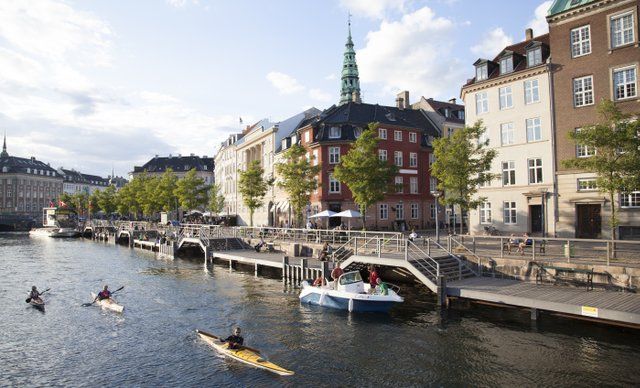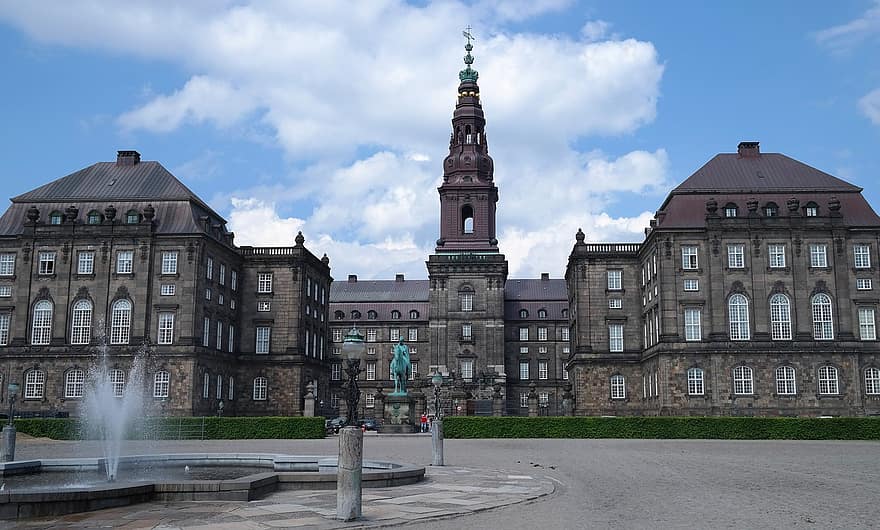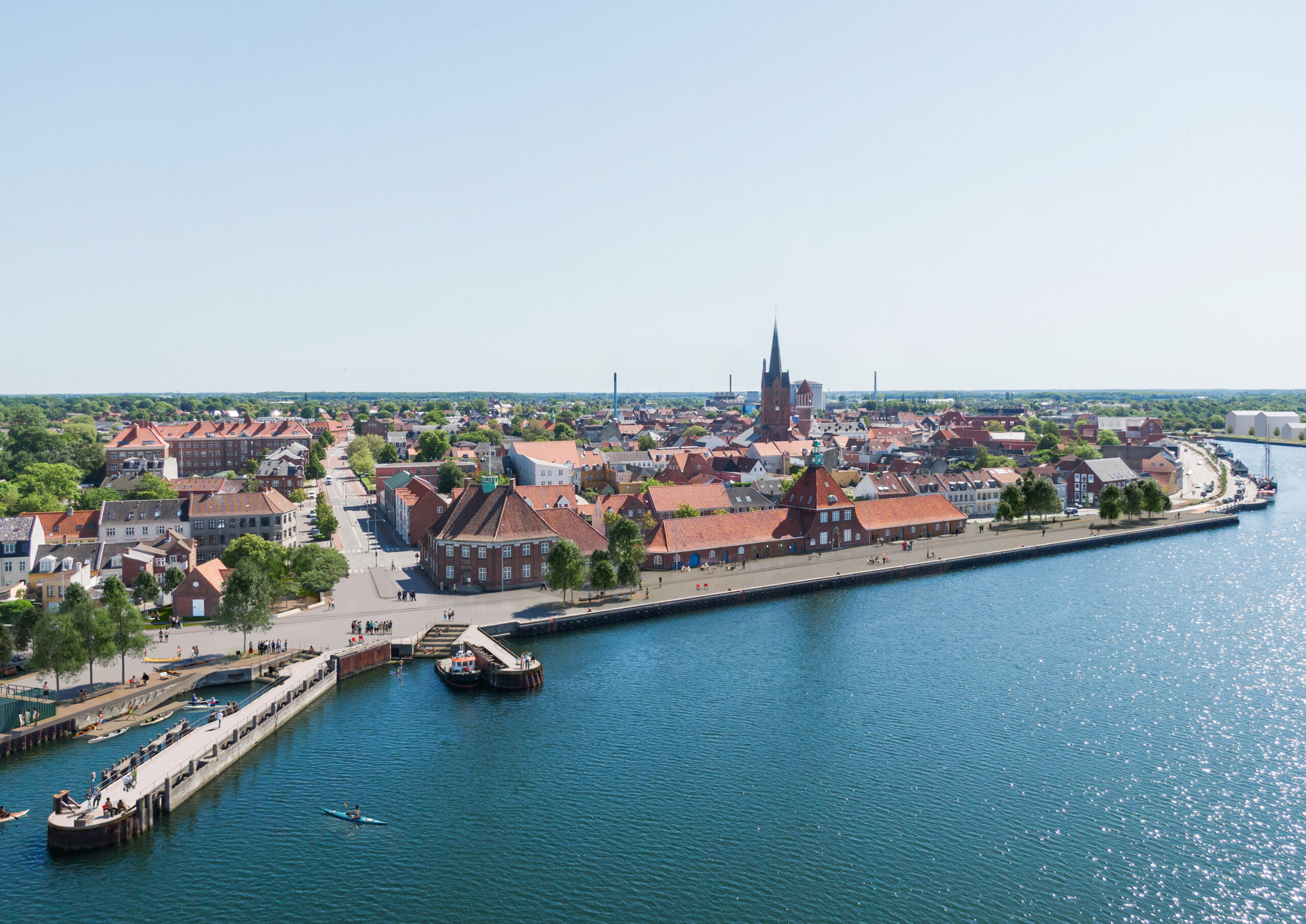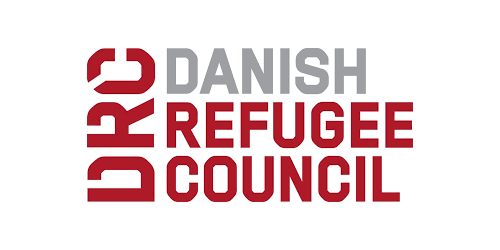The winter storm that dropped as much as 20cm of snow on much of Denmark over the weekend has placed a financial strain on a number of councils as they continue to struggle to clear roads.
In the northern Jutland town of Frederikshavn, where snow clearing costs are as high as 50,000 kroner an hour, the council estimated that it was spending 700,000 kroner a day to keep roads and walkways clear on Sunday and Monday.
After the first snowstorm of the season, councils could be facing a repeat of the financial problems they faced in the back-to-back snowy winters of 2009 and 2010. In 2009, council snow removal budgets wound up a total of 216 million kroner in the red, while in 2010, the amount mushroomed to 1.3 billion.
In Copenhagen, the snowy winter of 2010 meant that even though city went nearly 20 million kroner over budget on its winter services, then deputy mayor for environmental and technical affairs, Bo Asmus Kjeldgaard (Socialistisk Folkeparti) had to apologise for snow removal that “could have been much better”.
Niels Tørsløv, a spokesperson for the city of Copenhagen, assured city residents that wouldn’t be the case this year.
“We’ve deliberately put extra funds aside for this sort of scenario,” Tørsløv told The Copenhagen Post. “So unless the situation gets consistently worse and worse throughout the winter, we’re confident we won’t be running out of money anytime soon.”
Tørsløv suggested that councils finding themselves short on funds take a second look at their planning procedures.
“We’d be very happy to share our winter strategy with other councils,” Tørsløv said. “But yes, it’s a problem, and one that we’ll have to adapt to in the future.”
While Tørsløv may be confident in the city’s ability to keep the streets clear, the snowstorm that began in western Jutland Sunday night and wrapped up Monday afternoon when it moved east past the island of Bornholm, did its best to wreak havoc with the trains, planes and automobiles around the country.
Rail service DSB faired best, cancelling only five percent of its departures on Sunday.
Copenhagen Airport, on the other hand, saw 22 flights cancelled and a further nine redirected on Sunday after drifting snow forced the airport to close one of its main runways.
Road traffic had it worst. Over 1,800 motorists needed roadside assistance from Falck and Dansk Autohjælp on Sunday alone, as some cars couldn’t start and many others had spun off of roads clogged with churned up snow.
But as Mikkel Andreas Beck, the spokesperson for Falck, explained, the number of people needing help was by no means extreme.
“This is nothing,” Beck told the Ritzau news bureau. “We’ve had winters where 5,000 cars had to be pulled out of the snow a day.”
National weather service DMI is calling for the cold weather to continue, with overnight lows in the coming days expected to hit -15 C in some areas.
“It’ll still be cold, which means we can expect ice,” Bill Vejdegren, a spokesperson for DMI said. “But the worst is over.”
Meteorologists say warm weather later this week could bring rain that will melt some of the snow, to the chagrin of traditionalists, but probably not to municipal officials worried about their budgets.
Factfile | White Christmas? Keep dreaming
Even with the weekend’s snowfall, meteorologists with TV2 predict there is still only a 15 percent chance we’ll see a white Christmas this year. Statistically speaking, there is an 8 percent chance of a white Christmas – technically defined as 90 percent of the country covered by at least 0.5cm of snow on December 24 – occurring in Denmark in any given year, or about once every 12 years. The last time was in 2010.















